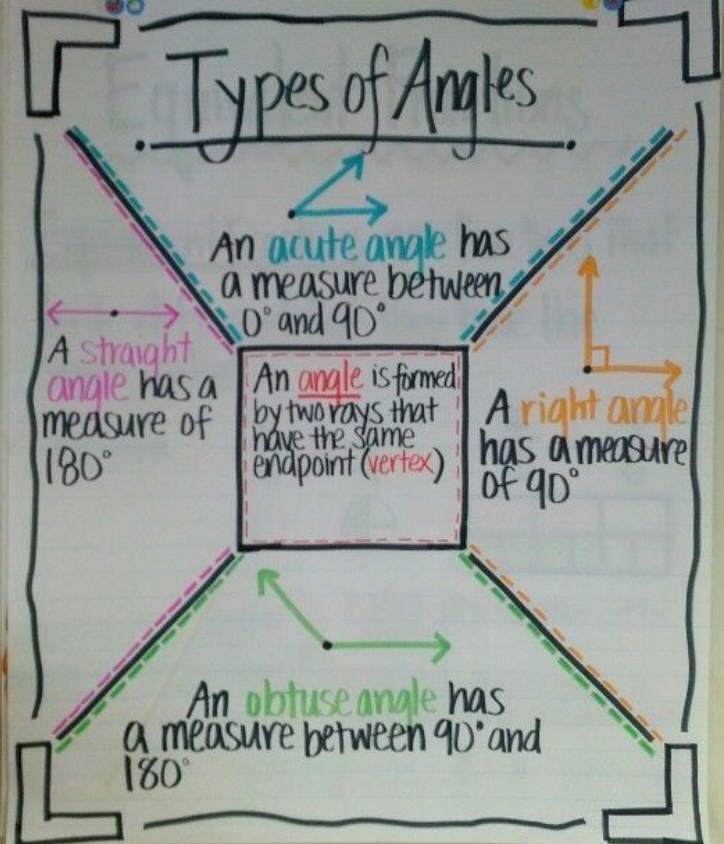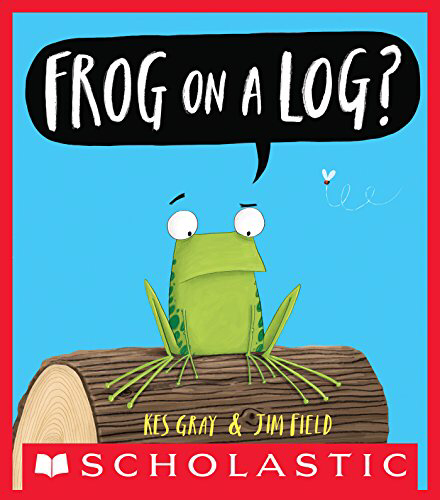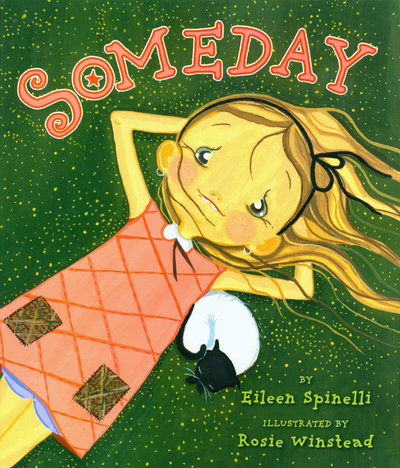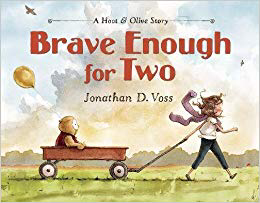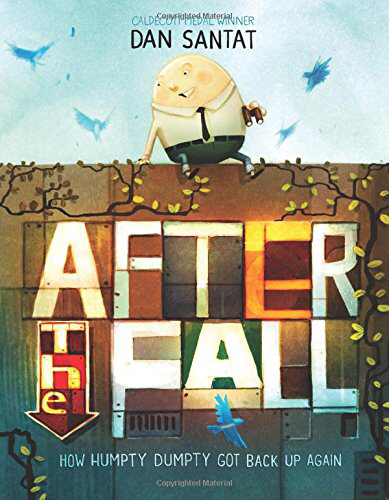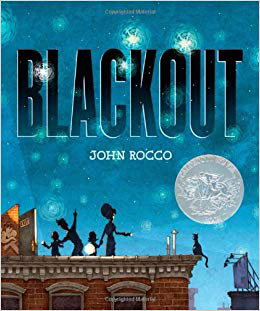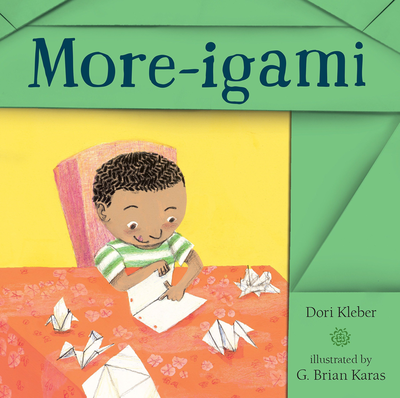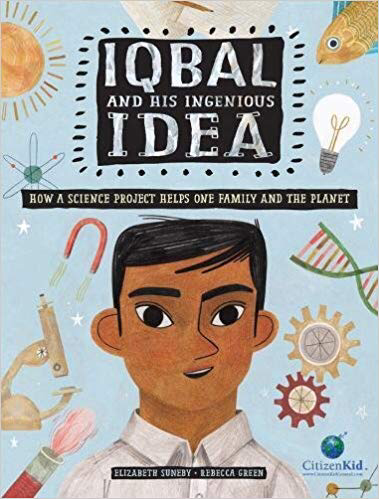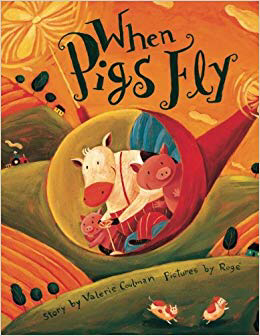|
Planning Guided Math sounds really intimidating, right? You don't know where to even start. Have no fear! It isn't really as hard as you think. Take a look at the graphic below and my video!
0 Comments
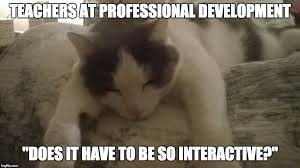 We have all been in that professional development. The IC is passionately speaking about “rigor” while you are dreaming of your pajamas, a cozy nest of blankets, bunny slippers, and that Netflix marathon. Suddenly, your IC hands out papers and ask you to start breaking down your standards so you can set your “Learning Objectives and Success Criteria” Wait! What happened to the bunny slippers? Verbs! The only verbs you want to deal with are sleep, watch, or relax, right? Alas, your verbs are now highlight, plan, and collaborate. It’s not that bad, right? But knowing your standards is important. And using learning goals is honestly one of the practices that most improved and honed my craft. (If you ever read this, thanks Ann!) So Why Set Learning Goals? It’s Your Road Map...
You Avoid Detours... Setting a goal also helps you weed out questions that are unimportant or can be addressed during the next lesson. How many times have you looked up at the clock and asked yourself where did the time go? (Oh yeah, I just spent 10 minutes of my 60 minute math block reteaching addition. Wait, aren’t we doing fractions? Head Slap. Yep. I have done that a lot!) It also helps you decide if that super cute Pinterest activity is going to really hit your learning needs. Don’t get me wrong, I love Pinterest, but sometimes I want to tailor a lesson to a pin and the rigor just isn’t there! To Pinterest or not to pinterest, that is the question? Learn the Lingo Setting a learning objective establishes academic vocab. At the beginning of your lesson your learners will most likely not know some of your words.Shazaam! By reading your learning goal, your learner instantaneously are seeing vocabulary AND it establishing a Need to Know. (Tune in next week for more information about Knows and Need to Knows.) You can even make a little anchor area. Where students can self evaluate their prior knowledge of the vocabulary. I Need to Know I have these Questions and I Can… (Tune in next week for more information about Knows and Need to Knows.) Sets a Purpose- And for those of your learners that need a reason why they are doing what they are doing. They have it. With your learning goals set, your students now know what they’re going to learn and how they will accomplish it. Let’s Go! Writing a learning goal shouldn’t take you hours. Just a minute or two. Ask yourself these questions.
Now Use It! It’s not enough just to post your objectives. You need to have your learners interacting with it. I created this graphic to share how I engaged my learners. And our winner of our free resource is... Sandy Crichton Luder ! If you would like a chance to win a free resource from my Teacher Pay Teacher store comment below! Tell me you something you like or something you would like to see! Like What You See? Try these Lessons or check out my store by clicking here! I know this has happened to me. (Especially in those first years of teaching.) It could be that the district assessment was awful because of the lack of great questions in the question bank. Sorry ICs out there, but sometimes this is true. But many of the times, I was quizzing my students along the way instead of truly accessing their understanding! So...What is the difference between Checking for Understanding and Quizzing? What are some quick ways you can check for understanding? 1. Be sure to have your learning objective posted. I can statements are very helpful. Examples: I can multiply using partial products. I can give benefits and disadvantages of using Alternative Energy. 2. Plan your questions before the lesson. Here are some question stems to help you with open ended questions. 3. Think/Pair/Share often. This activity is material-less and quick! You can very quickly scan the room. Who is talking? Who is silent? You can listen in and ask students to repeat each other's responses. 4. Use Thumbs Up/Medium Thumb/Thumbs Down. Thumbs up means "I've got this!" Medium Thumb- "I get some things, but I might need more." Thumbs Down- "I am lost." I use this as a quick check. Most students are fairly honest about where they are. After I ask them to show me their thumbs, I ask them to come up with a reason why they showed me that signal and have them share it with me. 5. Have students create a rhyme, dance, song, or rhyme to explain what they just learned. Film them. I promise it will be worth. Use the videos later for writing prompts, fun updates for parents, or just to validate your students during this time! 6. Use data collection sites like Plickers or Kahoots. You can quickly assess all students in a fun way! It grades your questions for you. And you have physical evidence for yourself and administrators. (And hey, data driven decisions and technology, can you say T-TESS rock star?) 7. Agree or Disagree- I have two Corgis that fight all the time in my classroom. Students have to explain who they agree with and why. Below is an example for you. You can use your classroom theme (mine was Corgis), teachers in your school, or use your own characters. Or, simply make a statement and ask the kids if they agree or disagree. Example: Hydroelectric power is the best form of alternative energy to use in Kansas. Do you agree or disagree? Why or why not? Here is an example of one of my Agree or Disagree Activities: Alright, what do you think? (This is me checking for understanding!) Have any questions? Leave me a comment and enter to win your choice of a free resource from my Teacher Pay Teacher store! Winner announced 10/21/2018.
 Imagine this... You are teaching a lesson and everything seems to be going oh so smoothly. Your kids are smiling. They giggle at your jokes, write correct answers on their pages, and eagerly raise their hands to answer your well crafted, in depth questions. Suddenly, little Tom Joe hauls off and hits Paco. Your lesson comes to a screeching halt. You comfort poor Paco and ask Tom Joe, "Why on Earth did you hit him?" Tom Joe, who is also crying, responds, "Because he's mean!" 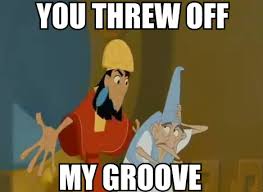 "That is not a reason to hit him! Tell me what happened." "Because he is ALWAYS mean to me! "Tom Joe, tell me WHY you hit him." (Or ruined my incredible but ultimately doomed teaching groove?) Sound familiar? Little Tom Joe is struggling with cause and effect! Identifying cause and effect sounds so simple, right? Unfortunately, young children often have a hard time connecting a cause to a plausible effect. If you teach children of any age, I am positive you have heard a whole array of awkward or outrageous answers to the question, “Why do you think that happened?” (Everything from a violent friend, alien abduction to a hungry dog.) It’s important for our students to identify why something happens. This skill is needed in Reading, Science, and well every subject. But more importantly, our students need it to be successful in life. In today's "We Need It Instantaneously" society, our students need the ability to rapidly reflect on their work. They must be able to identify why things happen and how to fix problems/shortcomings quickly. As educators, how can we help our children problem solve? Play Games! Great Board Games: Who doesn't love a rousing game of Uno? What about Connect Four? These are great beginnings for teaching Cause and Effect. As you play ask questions like, "Why did you play that card?" or "What happened when-?" Some examples of more complex games for older students might be Checkers, Chess, or even Risk. Here is A Game to Play in the Classroom: Doctor, Doctor Give your students a scenario. “You forgot sunscreen and now have a sunburn.”, “You ate to much chocolate and now your stomach hurts.” Etc. They stand in front of the rest of the class who are the doctors. The doctors ask yes or no questions until they figure out the cause of the “illness”. Science in a Jar... After finishing a Science investigation, read aloud, or any activity, really... Have your students help you write questions to put in your Science Jar. Use cause and effect sentence stems... "Why did the-" "What happened when we-?" This is a great closure activity for Science to see if your students really got it. Place the strips in a can or jar. When you have some down time, need a transition, etc. call on a student to pull a question out. Go over the answer and ask the students if they are finding the cause or the effect. And drum roll please! My suggested Read Alouds!!! And a Few More!!!!If You Are Looking For Hands On Practice Check Out My Freebie and Lessons Below!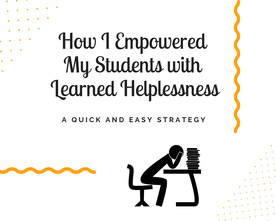 This poor llama is such a funny example of the great things can come from persevering through bad situations. In the end, his little goal leads to a big reward! This is a lot like our lives isn't it? Everything seems to go from bad to worst until there is a light at the end of the tunnel. So the question becomes, how do we create kids that can persevere? I would be remiss if I didn’t tell you from the get go in writing this blog post that this last year was one of the most difficult of my life. My husband lost his job on my son’s birthday. He got a job that took him away from home till 11 o’clock at night and he left at three in the morning. Which might have been okay, if we had still been fostering teenagers. But we had added three new family members through adoption. All under the age 9, one of them being a baby! At school, I taught two tested subject areas to a grade level I did not enjoy. People would ask me how I was doing. I would just nod my head and ask how they were instead. We were not doing well. But we made it through. My husband found a new job, and I am now staying at home with our youngest. And our family are starting not just to survive but thrive. Through all of this, I wanted my kids to be happy, but I also wanted them to see that no matter how bad things got we would make it through. As a teacher I want the same for my school kids as well. My personal hard times are looking up. But some of the babies in our classroom, well... their hard times are coming up. Or, our students are going to continue facing them for years. So, how do we teach them to persevere despite their circumstances? #1- Have Family/Class Meetings Communication is key. Our students need to be able to express their frustration respectfully, detail their challenges, and express any other emotions effectively. They also need to learn to listen. We all need to voice our thoughts and feelings. The thoughts and feeling of others may not be fun or comfortable to hear but they need to be heard. Yes, you may hear how horrible the broccoli casserole was last night. But hey, if that is the worst thing your kid is coming up with at the time count your blessings and pat yourself on the back. ;) Family/class meetings will strengthen your bond and help you address issues that are arising. It is also a great time to problem solve. #2 Set Goals- One big key to persevering is knowing that there is an end goal in sight. So, help your child or student make a plan. When we face challenges, having a road map will make it easier to say, “Let’s make it to such and such day. Or, I know that I can get through the STAAR test because I am going to practice my math facts this many nights a week.” Problems don’t seem as big and overwhelming if you can focus on small parts to be successful at. (During our crazy time, I had very specific dates circled on my calendars.) I have also heard/seen dream boards. I think this is a very real visual for kids. #3 Look at Real Life Models- Kid president is a great example of a an optimistic kid! Despite his illness, he still offers great advice. Let’s face it, we all have a story to tell. Ask people about theirs. Be inspired by them. Even have some come and visit your classroom. #4 Give multi step chores or problems then step in as little as possible. Trying to let my children learn age appropriate chores or cooking with them is like herding squirrels!!! It would be so much easier to just do it myself! But, the more I let them do it, the more confident they become. As they are doing chores, I often run into tears. “I can’t reach the-“ “This———- is in my way”. I pull my kids in for a hug and tell them I know they can do it. I then tell them that they will complete this task by themselves but I will help them think through their challenge. I ask three questions... 1. What is your challenge/task? 2. What is stopping you from getting it done? 3. What tools could you use to help you get it done. (And no, your sibling are not an option!!!!!) Click on the image to the right to check out more about how I use these questions in my classroom and with my own kids. #5 . Finally, and most of you knew this was coming. Read with them!!! Yes, your ten year old will still read picture books. After another trip to our favorite bookstore, my oldest son said, “Man mom, characters in books always have problems.” I laughed and responded we wouldn’t read them if they didn’t, right?” Reading aloud teaches empathy, character education, and so much more. And hey, who doesn’t love snuggling with their kid? Except when they have just come in sweaty from outside and reek to high heaven. Go make them take a shower first than read to them. I hope these tips help you. Do you have a favorite book or a story? Tell me in the comments below! Links to the Books on Amazon! |
About
|
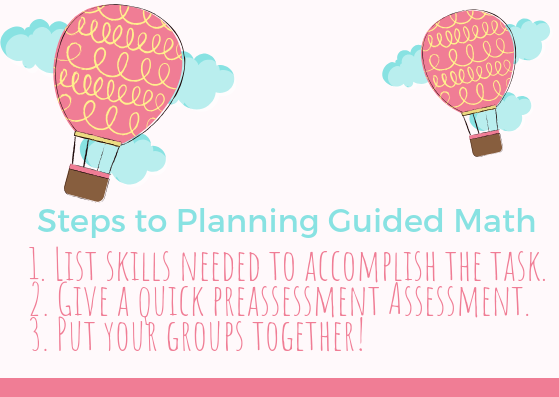
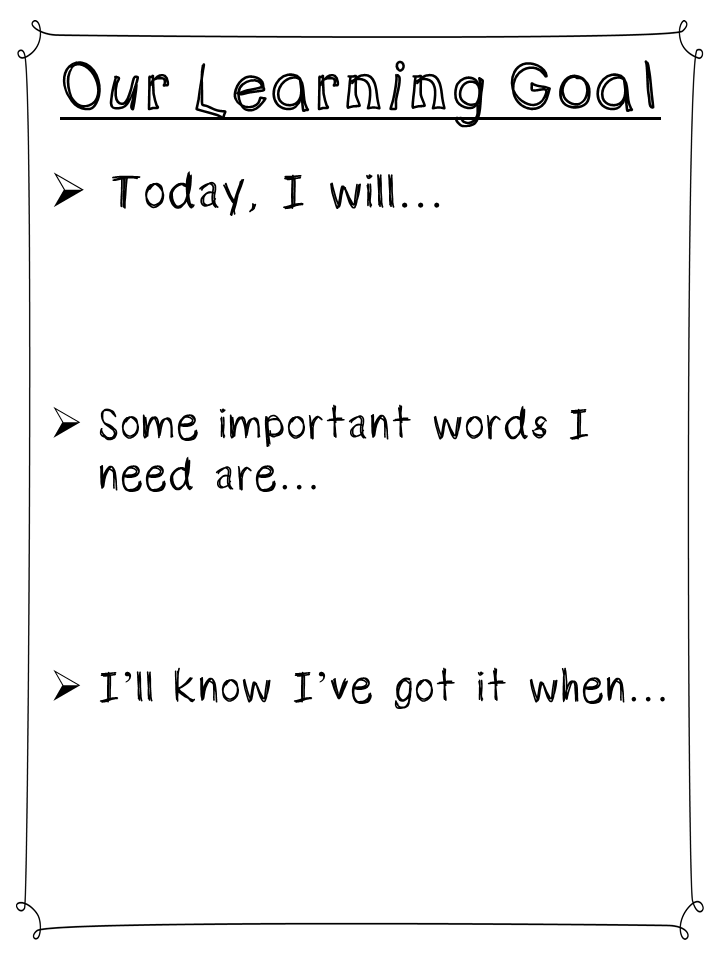
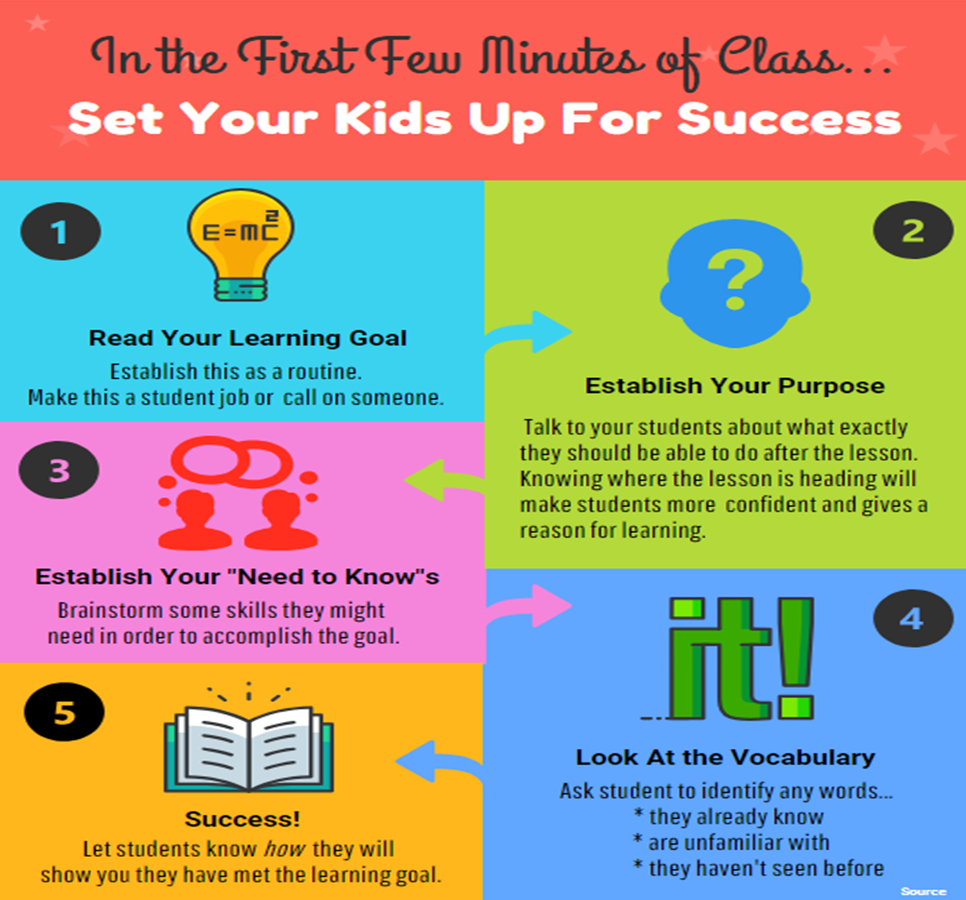
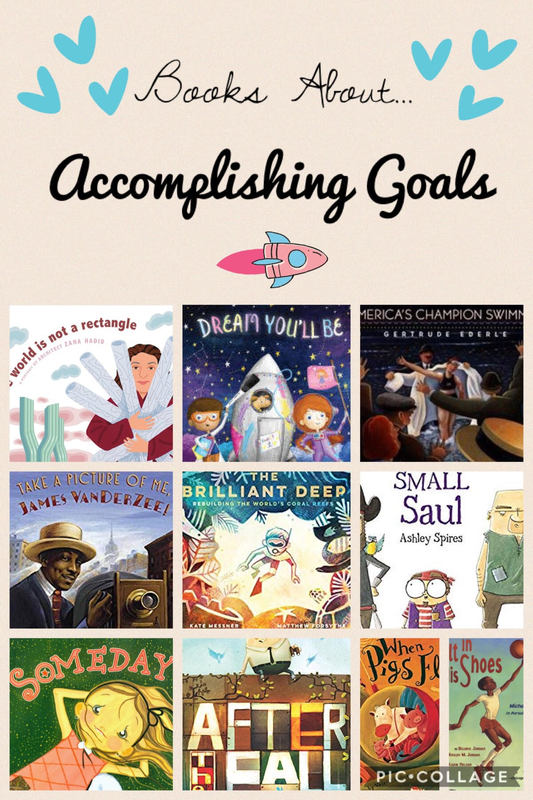
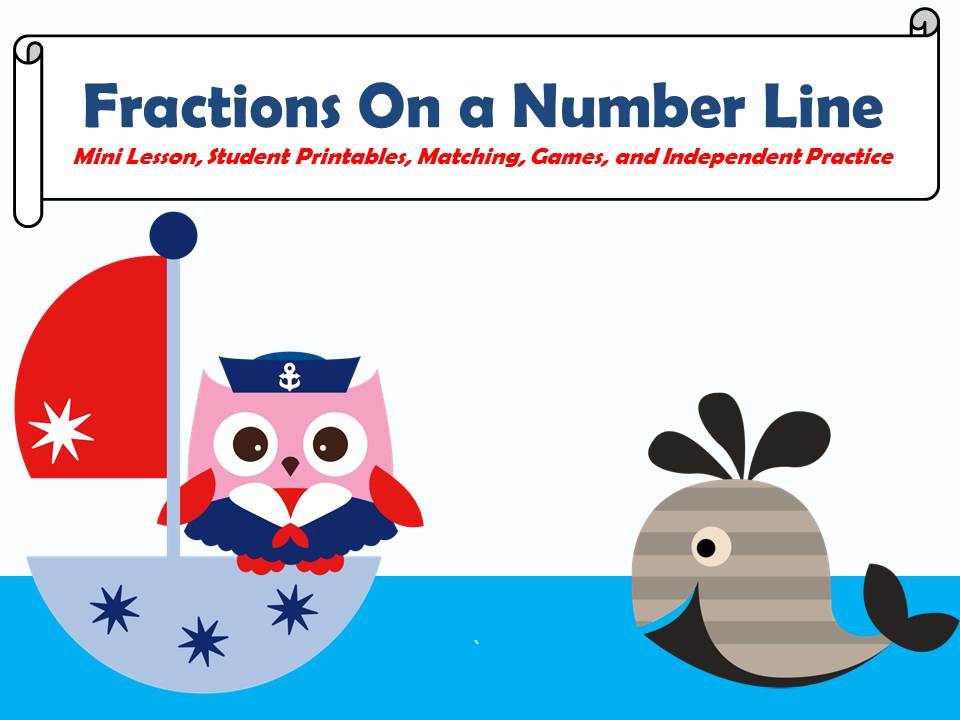
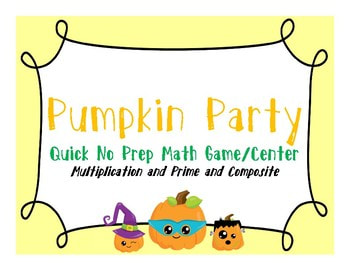
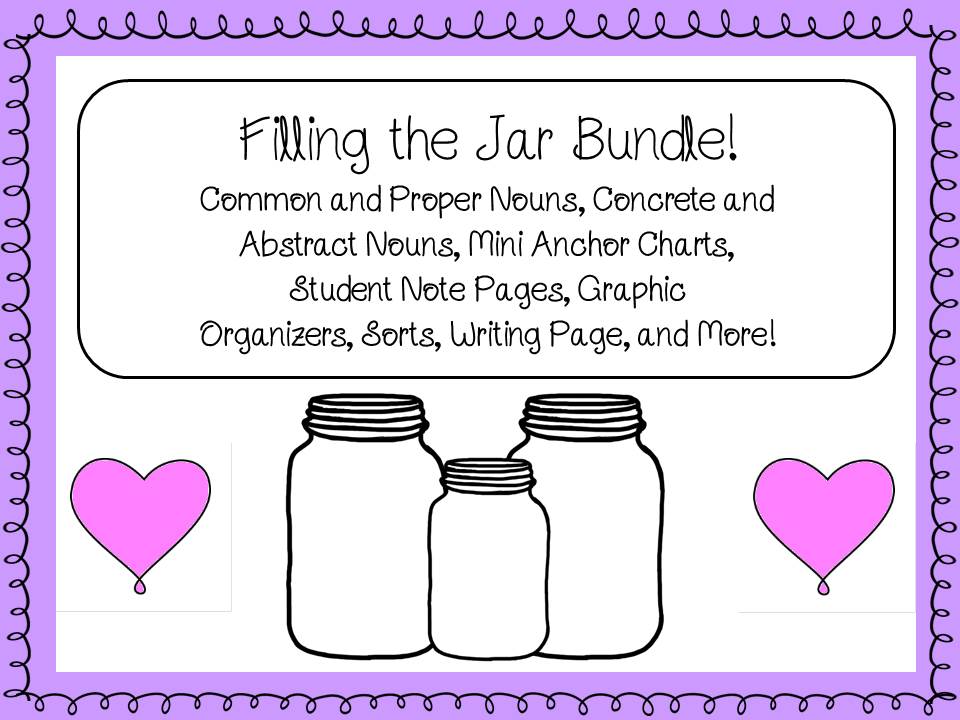
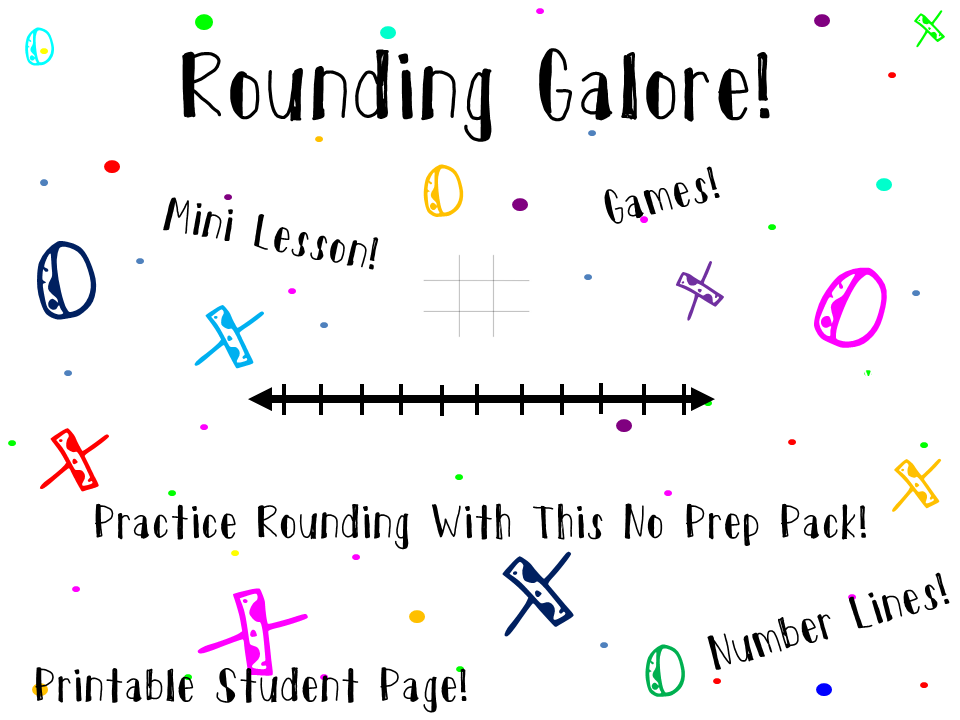
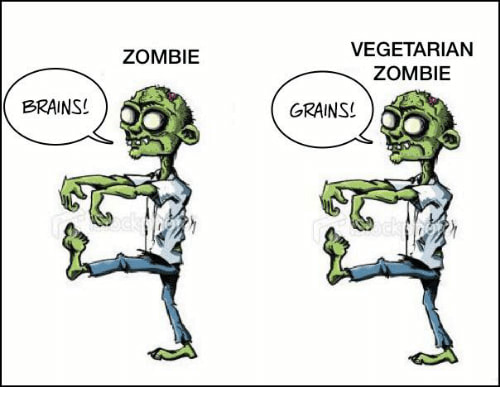
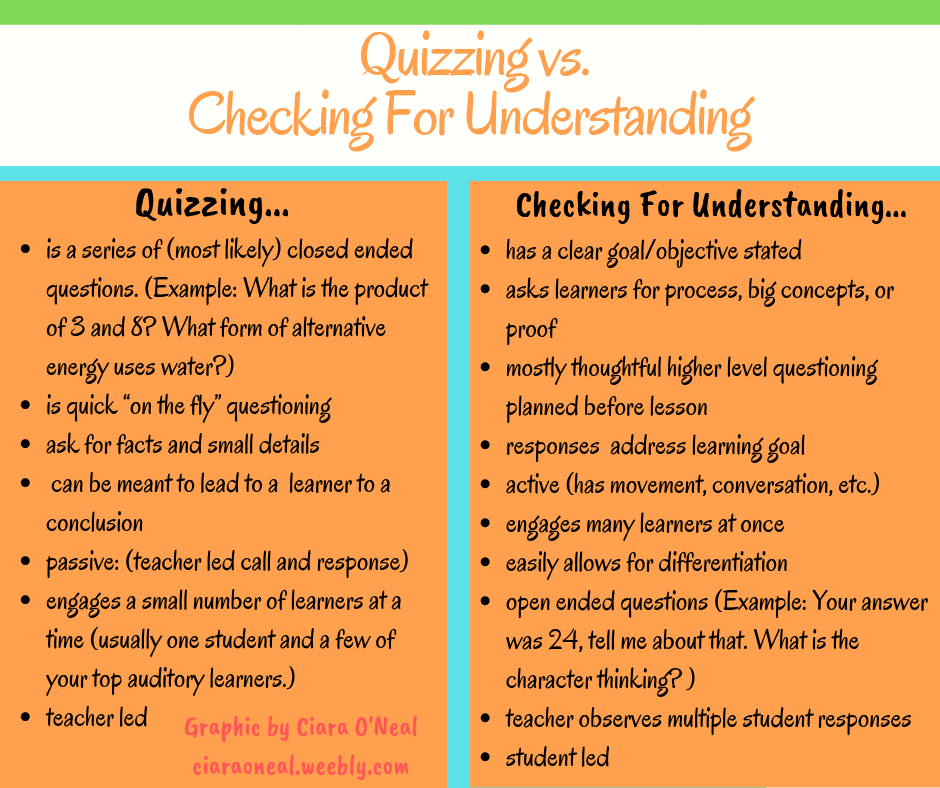
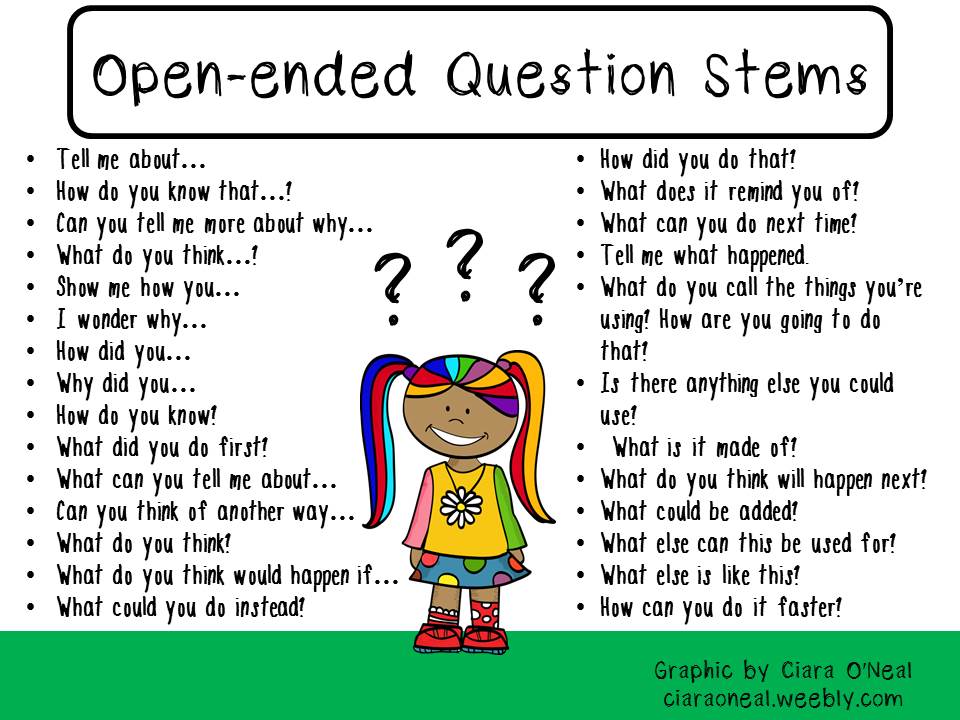
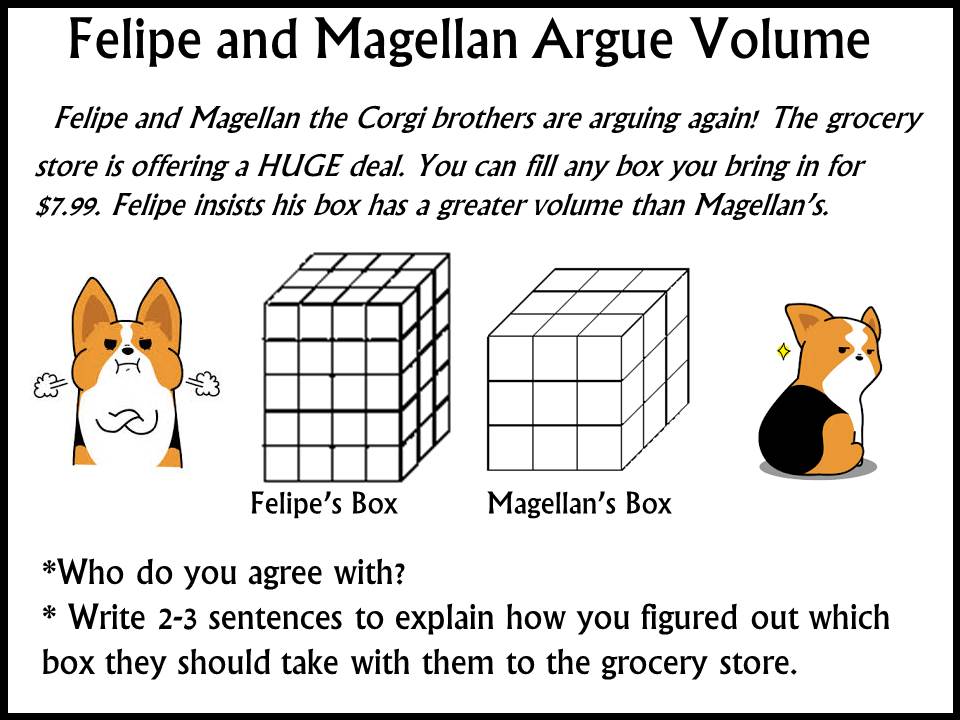

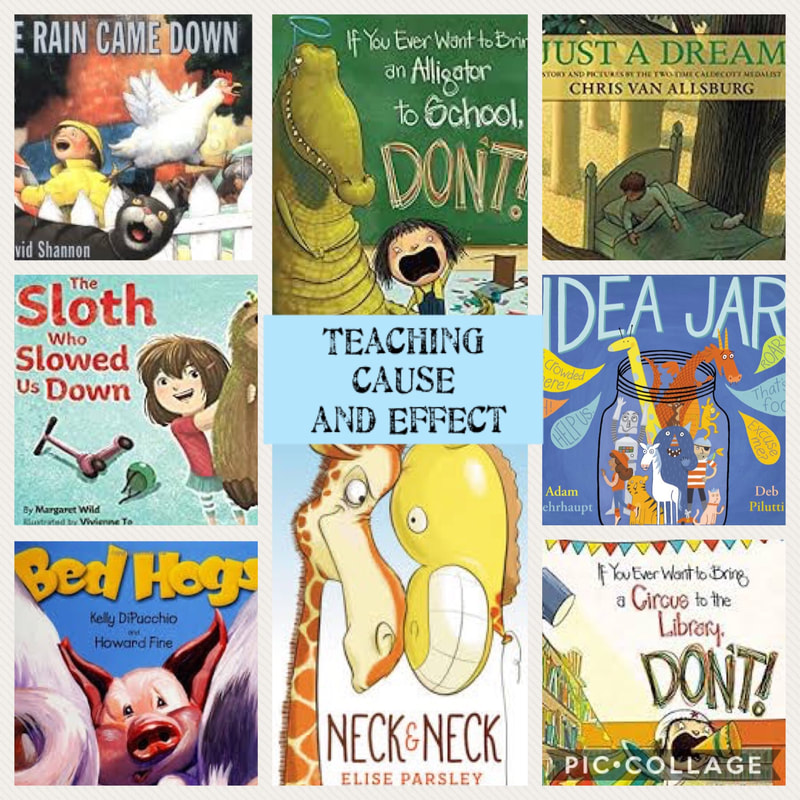
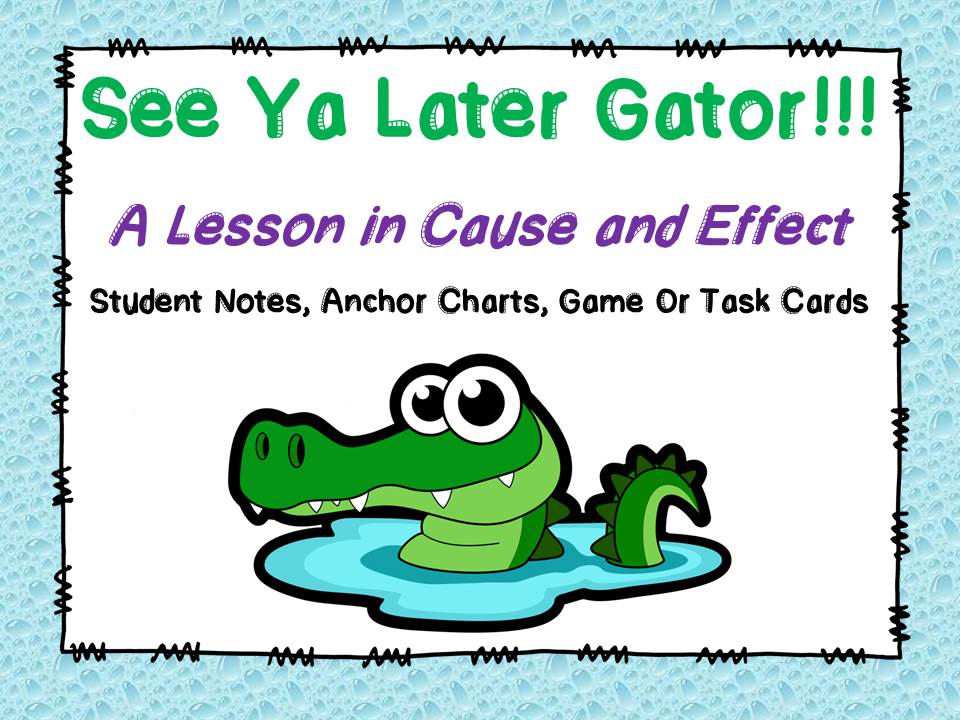
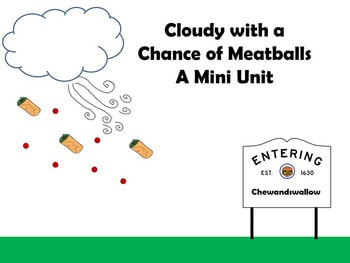
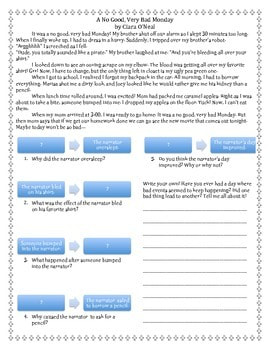
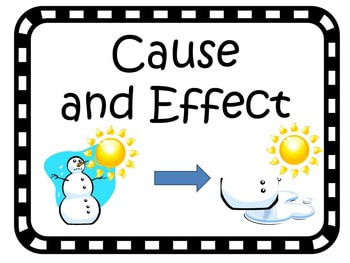
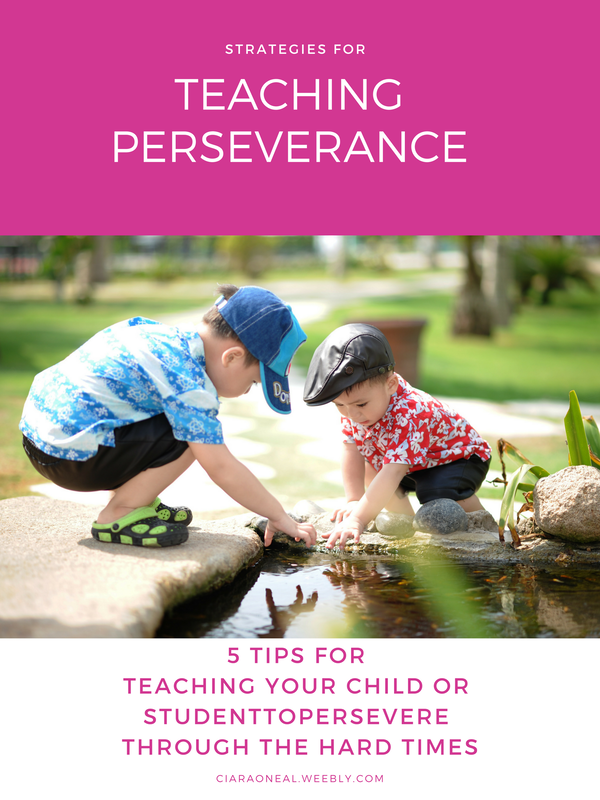
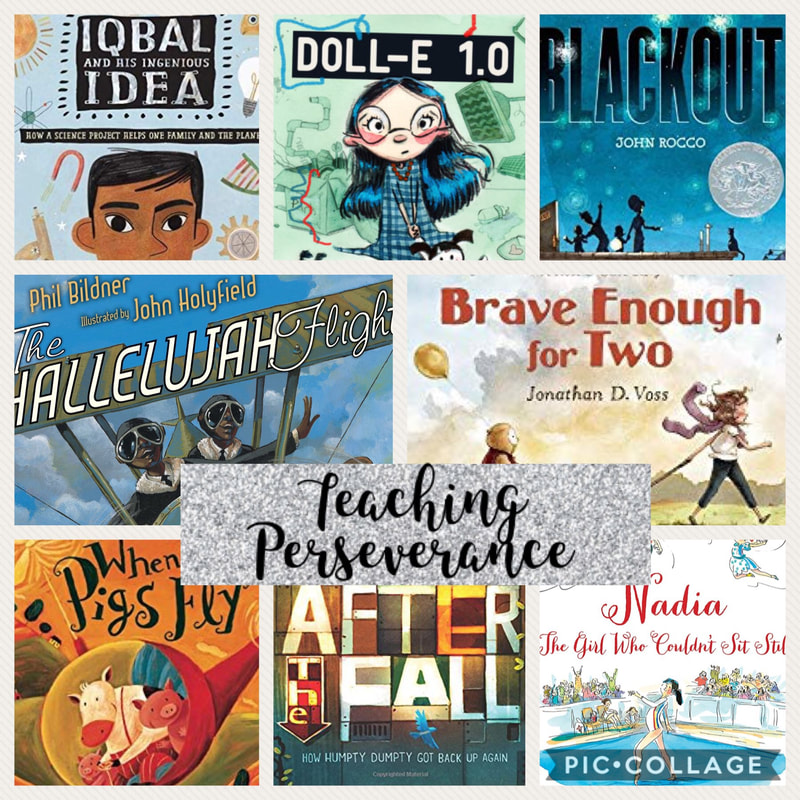

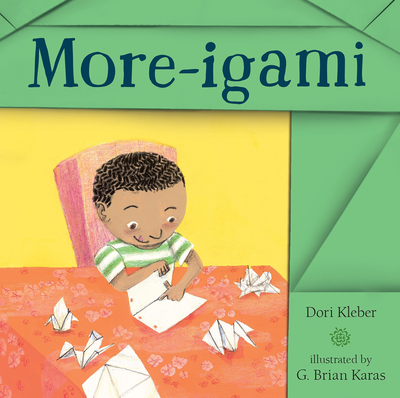
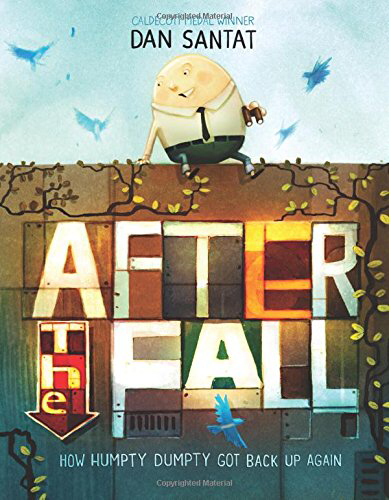
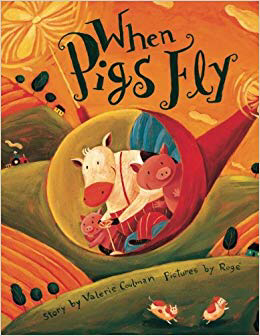
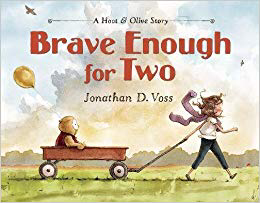
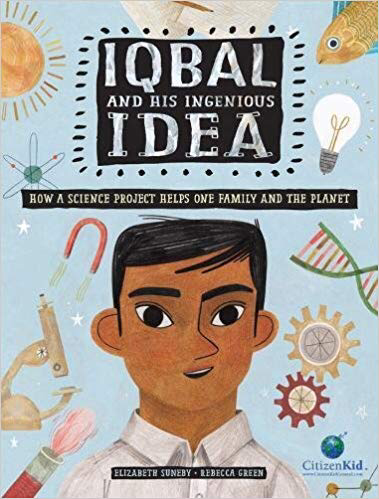




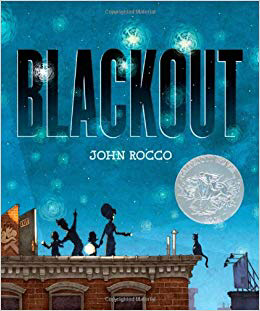
 RSS Feed
RSS Feed
